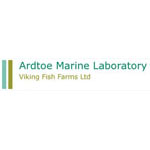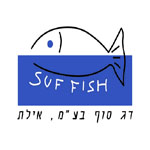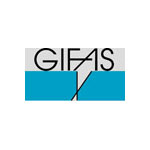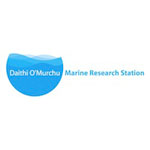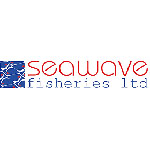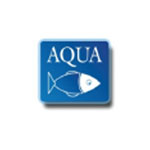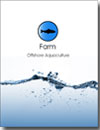
You are here: Home > IDREEM > Longline Role
LONGLINE ROLE
Longline IDREEM Objectives
1. Collect driver, culture practice and economic data for IMTA modelling.
2. Develop models for individual species used in IMTA.
3. Simulate aquaculture IMTA scenarios for deployment.
4. Model variables to be integrated into Life Cycle Analysis.
5. Provide FARM for partner aquaculture farms, regulators and policy makers.
What is the FARM model?
The Farm Aquaculture Resource Management (FARM) model is an modelling service for assessment of coastal and offshore finfish, shellfish and macroalgae aquaculture at the farm-scale level, directed at commercial aquaculture farms, regulators and water managers. FARM is a decision support and management software tool for the aquaculture industry.
How will Longline apply FARM?
FARM will be applied to partner aquaculture farms listed below, to determine the optimal mix between finfish, bivalve shellfish, macroalgae and detritivores. The FARM framework applies a combination of physical and biogeochemical models, bivalve/finfish growth models, and screening models for determining aquaculture production and eutrophication assessment.
Partner Aquaculture Farms
Location: Scotland, United Kingdom
Species Grown: Atlantic Salmon
IMTA Species Mix: To be determined
Location: Scotland, United Kingdom
Species Grown: Turbot, Sole, Cod, Haddock, Halibut, Lobsters and Scallops
IMTA Species Mix: To be determined
Location: Ashdod, Israel
Species Grown: Gilthead Seabream, European Seabass
IMTA Species Mix: To be determined
Location: Oldervik, Norway
Species Grown: Atlantic Salmon
IMTA Species Mix: To be determined
Location: Cork, Republic of Ireland
Species Grown: N/A
IMTA Species Mix: To be determined
Location: Vasiliko, Cyprus
Species Grown: Gilthead Seabream, European Seabass, Meagre
IMTA Species Mix: To be determined
Location: Lavagna, Italy
Species Grown: Gilthead Seabream, European Seabass
IMTA Species Mix: To be determined
The FARM model is a screening model with the following main objectives:
 Prospective analyses of culture location and species selection;
Prospective analyses of culture location and species selection; Ecological and economic optimisation of culture practice for shellfish and finfish;
Ecological and economic optimisation of culture practice for shellfish and finfish; Timing and sizes for seeding and harvesting, densities and spatial distributions;
Timing and sizes for seeding and harvesting, densities and spatial distributions; Environmental assessment of farm-related eutrophication effects;
Environmental assessment of farm-related eutrophication effects; Evaluation of potential nitrogen credits.
Evaluation of potential nitrogen credits.
Why use the FARM model?
FARM is a management tool, providing offshore fish, shellfish and macoalgae farms with an innovative and cost effective approach to analyse production and the environmental components of coastal aquaculture including water quality aspects.
 Innovative and cost-effective approach for optimisation of finfish, shellfiah and macroalgae production;
Innovative and cost-effective approach for optimisation of finfish, shellfiah and macroalgae production; Demonstrate sustainability of offshore aquaculture operations;
Demonstrate sustainability of offshore aquaculture operations; Tool for valuation of nitrogen and phosphorus removal;
Tool for valuation of nitrogen and phosphorus removal; Aid prospective aquaculture site selection.
Aid prospective aquaculture site selection.
Relevant Links
FARM helps offshore and nearshore aquaculture farms produce sustainably, determining harvestable biomass and carrying capacity. FARM provides a production analysis, a water quality analysis and a mass balance analysis.
FARM es un modelo acuicola que permite un enfoque de costo efectivo para optimizar la producción, el análisis de la calidad del agua y la optimización económica de granjas acuicolas costeros y en mar.
FARM ajuda explorações aquícolas no mar a produzirem de forma sustentável, optimizando a produção aquícola, a qualidade da água e os efeitos ambientais no local de cultivo e a componente económica da produção.




